Increasing Environmental Awareness
The Biobased Biodegradable Plastic Market is experiencing a surge in demand driven by heightened environmental awareness among consumers. As individuals become more cognizant of the detrimental effects of traditional plastics on ecosystems, they are increasingly opting for sustainable alternatives. This shift in consumer behavior is reflected in market data, indicating that the demand for biodegradable plastics is projected to grow at a compound annual growth rate of over 20% in the coming years. Companies are responding by expanding their product lines to include biobased options, thereby aligning with consumer preferences for eco-friendly materials. This trend not only fosters a more sustainable future but also encourages innovation within the Biobased Biodegradable Plastic Market, as manufacturers seek to develop products that meet the evolving expectations of environmentally conscious consumers.
Government Regulations and Policies
The Biobased Biodegradable Plastic Market is significantly influenced by government regulations aimed at reducing plastic waste. Many countries are implementing stringent policies that restrict the use of conventional plastics, thereby creating a favorable environment for biobased alternatives. For instance, legislation mandating the reduction of single-use plastics has prompted businesses to explore biodegradable options. Market data suggests that regions with robust regulatory frameworks are witnessing accelerated growth in the biobased plastic sector. This regulatory support not only drives demand but also incentivizes research and development in the Biobased Biodegradable Plastic Market, as companies strive to comply with evolving standards and capitalize on emerging opportunities.
Corporate Sustainability Initiatives
The Biobased Biodegradable Plastic Market is benefiting from the increasing commitment of corporations to sustainability initiatives. Many companies are adopting environmentally friendly practices as part of their corporate social responsibility strategies. This shift is leading to a greater investment in biobased materials, as businesses seek to reduce their carbon footprints and enhance their brand image. Market data reveals that companies integrating biobased plastics into their supply chains are experiencing a positive response from consumers, which in turn drives sales. This trend underscores the importance of sustainability in corporate strategy and highlights the potential for growth within the Biobased Biodegradable Plastic Market as more organizations prioritize eco-friendly solutions.
Technological Advancements in Production
Technological advancements play a pivotal role in shaping the Biobased Biodegradable Plastic Market. Innovations in production processes, such as improved fermentation techniques and enzyme-based methods, are enhancing the efficiency and cost-effectiveness of biopolymer manufacturing. These advancements are crucial, as they enable manufacturers to produce biodegradable plastics at scale, thereby meeting the growing demand. Market data indicates that the introduction of new technologies could potentially reduce production costs by up to 30%, making biobased plastics more competitive with traditional materials. As technology continues to evolve, it is likely to drive further growth in the Biobased Biodegradable Plastic Market, fostering a more sustainable approach to plastic production.
Rising Demand from Various End-Use Industries
The Biobased Biodegradable Plastic Market is witnessing a rising demand from various end-use industries, including packaging, agriculture, and consumer goods. As these sectors increasingly recognize the environmental benefits of biobased plastics, they are incorporating them into their products and processes. For instance, the packaging industry is projected to account for a significant share of the biobased plastic market, driven by consumer preferences for sustainable packaging solutions. Market data indicates that the demand from the packaging sector alone could grow by over 15% annually. This trend reflects a broader movement towards sustainability across industries, suggesting that the Biobased Biodegradable Plastic Market is poised for substantial growth as more sectors adopt biodegradable materials.


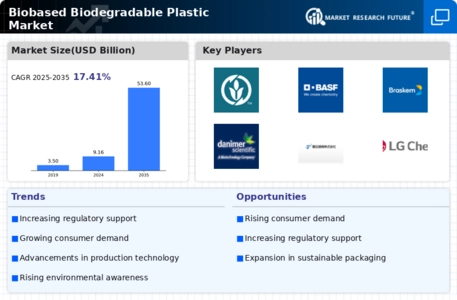
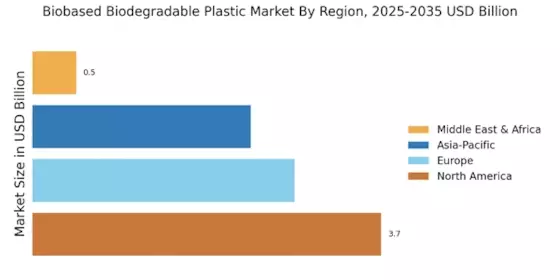

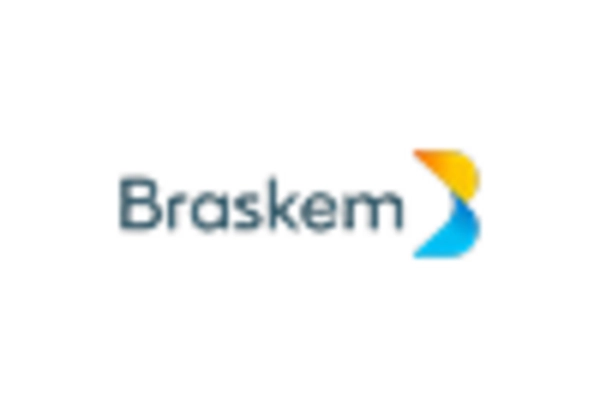

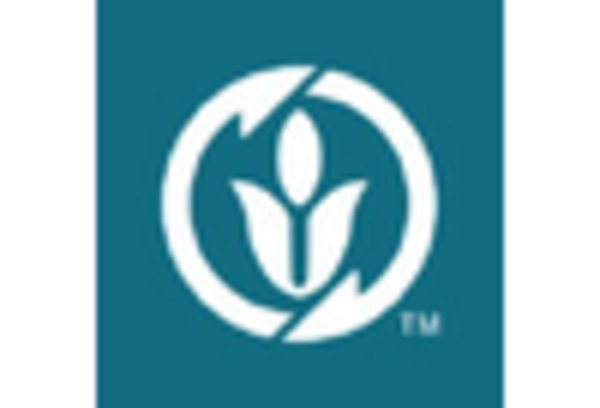

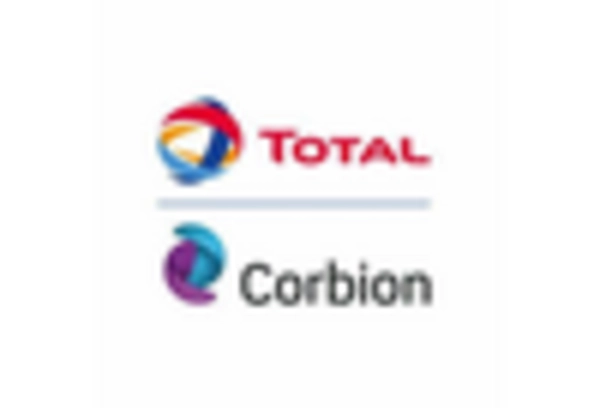









Leave a Comment